Smart Bulbs Showdown: Google vs Philips Hue - Which Is Best for Your Singapore Home?
Table Of Contents
- Introduction
- What Are Smart Bulbs?
- Google Smart Bulbs Overview
- Philips Hue Smart Bulbs Overview
- Feature Comparison
- Setup and Installation
- App Experience and Control
- Integration with Smart Home Systems
- Price Comparison in Singapore
- Best for Different Spaces
- Energy Efficiency
- Pros and Cons
- Customer Reviews in Singapore
- Conclusion
Smart lighting has revolutionized how we illuminate our living spaces, offering unprecedented control, customization, and convenience. In Singapore's vibrant smart home market, two giants stand out: Google with its Nest-compatible smart lighting solutions and Philips with its industry-leading Hue ecosystem. But which smart bulb system deserves a place in your Singapore home?
As more Singaporeans embrace smart home technology, choosing the right lighting solution becomes increasingly important—not just for functionality but also for enhancing your carefully curated interior design. At Loft Home Furniture, we understand that lighting plays a crucial role in showcasing your beautiful furniture and creating the perfect ambiance for different occasions.
This comprehensive comparison explores how Google and Philips Hue smart bulbs stack up against each other in the Singapore context. We'll examine everything from setup complexity and app experiences to pricing considerations specific to the Singapore market, helping you make an informed decision that complements your home's aesthetic while delivering the smart features you need.
What Are Smart Bulbs?
Smart bulbs are LED light bulbs with integrated wireless technology that allows users to control them remotely via smartphones, tablets, or voice assistants. Unlike traditional bulbs that can only be turned on or off, smart bulbs offer dimming capabilities, color changing options, scheduling, and integration with other smart home devices.
The core advantage of smart lighting lies in its versatility. Whether you're hosting a dinner party in your dining room with your elegant dining table as the centerpiece, creating a cozy reading nook by your sofa, or setting the right mood in your bedroom, smart bulbs can instantly transform any space with the right lighting scenario.
Most smart bulbs operate on standard protocols like Wi-Fi, Bluetooth, Zigbee, or Z-Wave. This connectivity is what enables their integration into broader smart home ecosystems—a critical factor when comparing Google and Philips Hue offerings for your Singapore home.
Google Smart Bulbs Overview
Google doesn't manufacture its own branded smart bulbs directly. Instead, it offers the C by GE smart bulbs (now known as Cync) that are "Made for Google" and seamlessly integrate with Google's Nest ecosystem and Google Home app. These bulbs are designed to work particularly well with Google Assistant for voice control.
The key advantage of Google-compatible smart bulbs is their direct integration with other Google Nest products, creating a cohesive ecosystem that's especially appealing if you already own Google smart speakers, displays, or other Google Nest devices in your Singapore home.
Google-compatible smart bulbs typically connect directly to Wi-Fi, eliminating the need for a separate hub or bridge. This makes initial setup simpler but may impact network performance if you install many bulbs. The Google Home app provides a clean, intuitive interface for controlling your lights alongside other smart home devices.
Philips Hue Smart Bulbs Overview
Philips Hue is widely considered the gold standard in smart lighting, offering one of the most comprehensive and mature ecosystems available. Hue bulbs use Zigbee technology to communicate with the Philips Hue Bridge, which then connects to your home Wi-Fi network.
The Hue lineup includes an extensive range of products beyond standard A19 bulbs, including light strips, outdoor lighting, decorative fixtures, and specialty forms that can complement various furniture pieces from tables to storage units. This variety makes Hue particularly versatile for interior design applications throughout your Singapore home.
Philips Hue's ecosystem stands out for its reliability, responsiveness, and extensive third-party integrations. The Hue app offers advanced features like dynamic scenes, entertainment areas for TV and music synchronization, and away-from-home control—all valuable features in Singapore's tech-savvy environment.
Feature Comparison
Lighting Capabilities
Google-compatible smart bulbs typically offer the essential features: dimming, scheduling, and basic color changing (in color models). They deliver reliable performance for everyday use but lack some of the advanced lighting effects found in premium systems.
Philips Hue bulbs excel in lighting quality and capabilities. Their white and color ambiance bulbs offer 16 million colors with excellent color accuracy and rich, vibrant saturation. Hue's advanced scene setting capabilities can transform your living room from a bright, productive space during the day to a cozy, warm environment in the evening.
Reliability and Performance
In the Singapore context, where high-density housing can create Wi-Fi congestion, the network architecture becomes particularly important. Google-compatible bulbs that connect directly to Wi-Fi are straightforward but may experience more latency during peak usage times in condominiums or HDB flats.
Philips Hue's Zigbee mesh network, facilitated by the Hue Bridge, creates a separate network for your lighting. This results in more reliable performance and faster response times, even in dense housing situations common in Singapore. The system also continues to function for basic on/off controls even if your internet connection goes down.
Setup and Installation
Setting up Google-compatible smart bulbs is refreshingly straightforward. Simply screw in the bulb, download the Google Home app, and follow the on-screen instructions to connect it to your Wi-Fi network. If you have a Google Nest speaker or display, you can often complete the setup process entirely by voice. For Singapore homes, this simplicity is a significant advantage, especially for those new to smart home technology.
Philips Hue requires an extra step—connecting the Hue Bridge to your router. After this initial setup, adding new bulbs becomes extremely simple through the Hue app. While this represents a slightly higher barrier to entry, the Bridge architecture pays dividends in reliability and expanded features. The Bridge can support up to 50 bulbs, making it scalable for even large Singapore homes or apartments.
For renters in Singapore's active rental market, it's worth noting that both systems use standard bulb fittings (E27, E14, etc.) that can be easily installed and removed when moving, making them suitable temporary lighting solutions that won't upset landlords.
App Experience and Control
The Google Home app provides a clean, minimalist interface for controlling your smart bulbs. Basic functions like on/off, dimming, and color selection (for color bulbs) are easy to access. The app also excels at voice control integration and routines that coordinate multiple smart devices. However, it lacks some of the advanced lighting-specific features that dedicated lighting apps offer.
Philips Hue's dedicated app is designed specifically for lighting control and offers significantly more depth. It includes features like advanced scene creation, wake-up and go-to-sleep routines, and entertainment areas that sync with music or media. For Singapore users who work long hours, the circadian lighting features that automatically adjust color temperature throughout the day to match natural sunlight patterns can be particularly beneficial for wellbeing.
Both systems support voice control through Google Assistant, making them convenient to use in a hands-free environment. This feature is especially useful in Singapore's busy households where you might enter your home with hands full of grocery bags or need to adjust lighting while cooking.
Integration with Smart Home Systems
Google-compatible smart bulbs naturally excel in the Google ecosystem. They integrate seamlessly with Google Nest speakers, displays, thermostats, and cameras. This makes them an excellent choice if you're already invested in Google's smart home products or plan to build around them.
Philips Hue offers remarkable flexibility with third-party integrations. Beyond working with Google Assistant, Hue bulbs also support Amazon Alexa, Apple HomeKit, Samsung SmartThings, and IFTTT. This makes Hue a more versatile choice for Singapore homes with mixed ecosystems or for those who want to future-proof their investment as smart home platforms evolve.
For creative interior design applications, Philips Hue also offers specialized integrations with entertainment systems. The Hue Sync Box allows your lights to respond to what's happening on your TV screen, creating an immersive viewing experience that can transform movie nights in your living room, complementing your stylish sofa setup.
Price Comparison in Singapore
In the Singapore market, Google-compatible smart bulbs generally represent the more affordable option. Entry-level white bulbs start around S$25-35 per bulb, while color-capable versions typically range from S$45-60. Since these bulbs connect directly to Wi-Fi, there's no additional hub cost, making them accessible for those wanting to try smart lighting without a significant investment.
Philips Hue commands premium pricing in Singapore, with white bulbs starting around S$29-40 and color bulbs ranging from S$75-90. The required Hue Bridge adds approximately S$80-100 to your initial investment. While this represents a higher upfront cost, Hue bulbs are renowned for their longevity and reliability, potentially offering better value over time for your Singapore home.
It's worth noting that both systems frequently appear in sales at Singapore retailers like Courts, Challenger, Best Denki, and online platforms like Lazada and Shopee. Strategic shopping during these promotions can significantly reduce the price difference between the two systems.
Best for Different Spaces
Living Room
For Singapore living rooms, which often serve as multi-functional spaces for entertaining, relaxing, and sometimes working, Philips Hue offers advantages with its scene-setting capabilities and entertainment features. The ability to create multiple lighting zones can highlight architectural features or showcase your wall art & decors while creating the perfect ambiance for movie nights or gatherings.
Bedroom
Both systems work well in bedrooms, but Philips Hue's wake-up and go-to-sleep routines that gradually adjust brightness and color temperature can help regulate sleep patterns—particularly valuable in Singapore's fast-paced lifestyle. These features can transform your bedroom from a restful retreat to an energizing space to start your day.
Kitchen and Dining Areas
Google-compatible bulbs provide excellent value for kitchens and dining areas where simple, reliable control is key. The voice control through Google Assistant is particularly useful when your hands are busy cooking. For dining spaces, both systems can create appropriate atmospheres around your dining table, but Hue offers more refined control over color temperature to make food and dining experiences look their best.
Study or Home Office
For home offices or study rooms, both systems offer scheduling that can help maintain work-life balance in Singapore's increasingly remote-work-friendly environment. Philips Hue's ability to simulate natural daylight patterns can be beneficial for productivity and eye comfort during long work sessions at your study table.
Energy Efficiency
Both Google-compatible and Philips Hue bulbs use energy-efficient LED technology, consuming significantly less power than traditional incandescent bulbs. This efficiency is particularly relevant in Singapore, where electricity costs are relatively high.
Google-compatible bulbs typically consume between 5-10 watts depending on brightness and color settings, while Philips Hue bulbs have similar power requirements. The real energy efficiency advantage comes from the smart features like scheduling, automation, and presence detection that both systems offer, potentially reducing unnecessary usage.
Philips Hue gains a slight edge in energy management through its more sophisticated automation capabilities. Features like geofencing (automatically turning lights off when you leave home) and more granular scheduling can lead to additional energy savings over time, aligning with Singapore's ongoing environmental initiatives.
Pros and Cons
Google-Compatible Smart Bulbs
Pros:
- More affordable entry point for Singapore consumers
- No hub required, simplifying initial setup
- Seamless integration with Google Nest devices
- Clean, straightforward app interface
- Excellent voice control through Google Assistant
Cons:
- Fewer advanced lighting features and scenes
- May experience latency on congested Wi-Fi networks (common in Singapore condos)
- Limited integration with non-Google ecosystems
- Fewer specialty form factors and fixture types
Philips Hue Smart Bulbs
Pros:
- Superior lighting quality with excellent color reproduction
- Extensive ecosystem with diverse product options
- Reliable Zigbee mesh network performs well in Singapore's dense housing
- Advanced features like entertainment syncing and circadian rhythms
- Works with multiple voice assistants and smart home platforms
Cons:
- Higher price point in the Singapore market
- Requires Hue Bridge, adding to initial cost and setup complexity
- Premium features may be unnecessary for basic lighting needs
Customer Reviews in Singapore
Singapore customers frequently praise Google-compatible smart bulbs for their straightforward setup and affordable price point. Many appreciate the easy integration with Google Assistant, which has strong adoption in Singapore households. The most common criticism centers around occasional response delays, particularly in larger homes or apartments with Wi-Fi coverage issues.
Philips Hue consistently receives high marks from Singapore users for reliability and lighting quality. Many customers express initial sticker shock but ultimately report satisfaction with their investment. Singapore's tech-savvy consumers particularly appreciate Hue's advanced features and integration flexibility. The main criticism is typically the startup cost, especially when outfitting multiple rooms.
For both systems, Singaporean users frequently mention the convenience factor, particularly the ability to control lights remotely when away from home—a useful security feature for frequent travelers or those working late hours.
Conclusion
After thorough comparison, it's clear that both Google and Philips Hue offer compelling smart lighting solutions for Singapore homes, but they target slightly different needs and preferences.
Google-compatible smart bulbs represent the better choice if you:
- Are new to smart lighting and want an affordable entry point
- Already use Google Nest devices and want seamless integration
- Prefer a simpler setup without additional hubs
- Need basic smart lighting functionality without advanced features
Philips Hue smart bulbs are the superior option if you:
- Value lighting quality and extensive customization options
- Plan to expand your smart lighting system extensively
- Need reliable performance in Singapore's dense housing environment
- Want to integrate lighting with entertainment systems
- Prefer ecosystem flexibility to avoid platform lock-in
For most Singapore homes seeking a comprehensive smart lighting solution that enhances their interior design and furniture from Loft Home, Philips Hue's premium features and reliability justify the higher investment. However, Google-compatible options provide excellent value for those with simpler needs or specific Google ecosystem integration requirements.
Whichever system you choose, smart lighting represents one of the most impactful smart home upgrades, transforming how you experience and showcase your living spaces. The right lighting can dramatically enhance the beauty of your furniture pieces and create the perfect ambiance for any occasion in your Singapore home.
Transform Your Home with Loft Home Furniture
Ready to complement your smart lighting with beautiful, designer-inspired furniture? Visit Loft Home Furniture's showroom at Gambas Crescent or explore our extensive collection online. Our expert team can help you select pieces that work perfectly with your new smart lighting system to create a cohesive, stunning home environment.
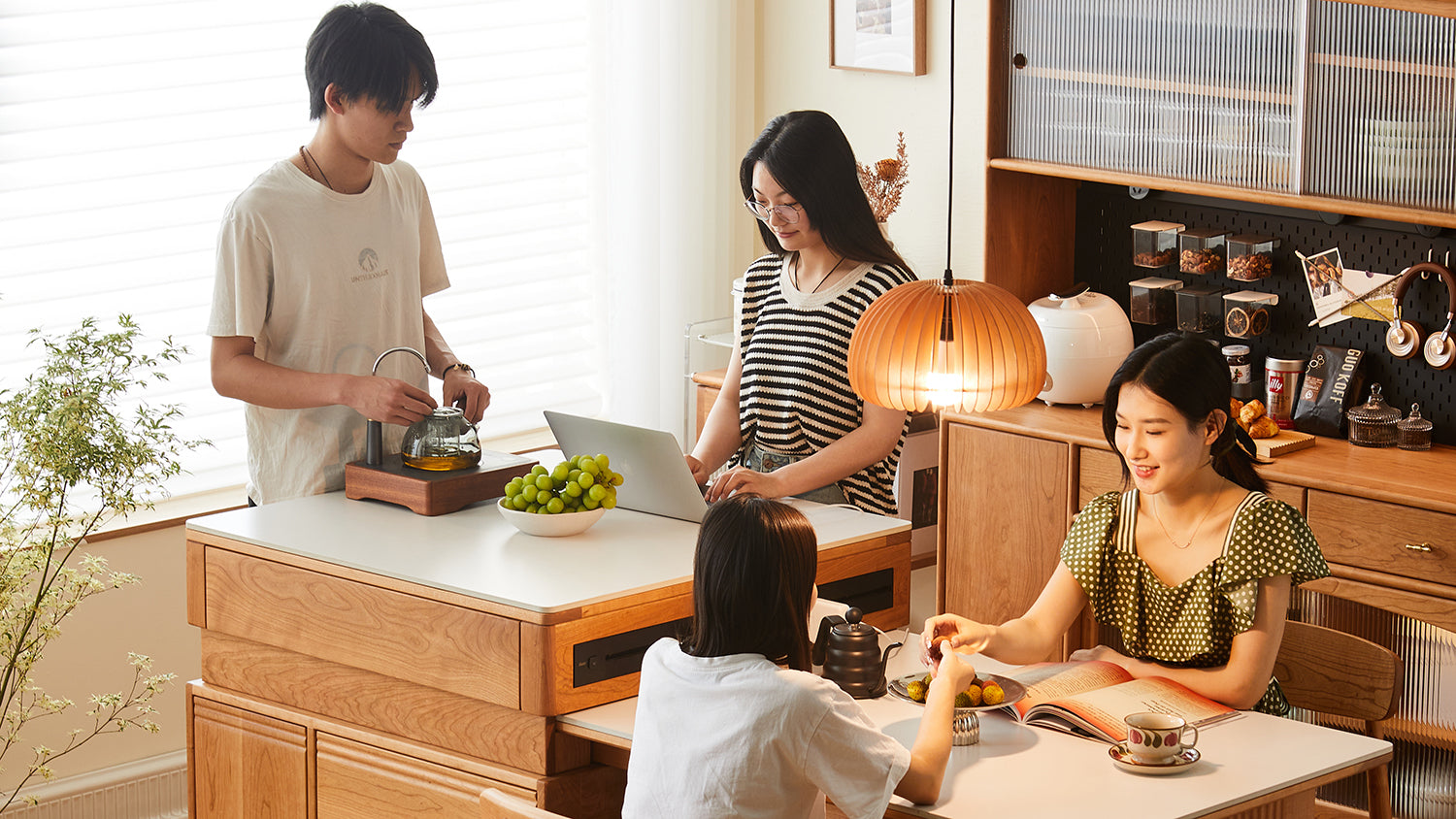

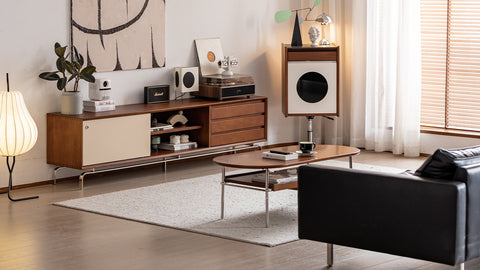

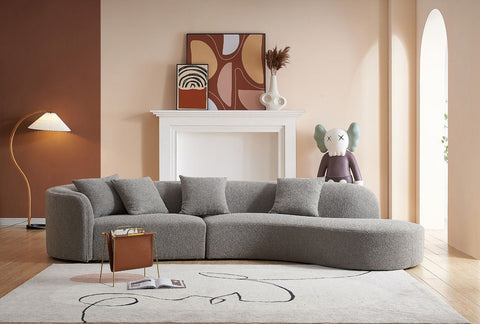
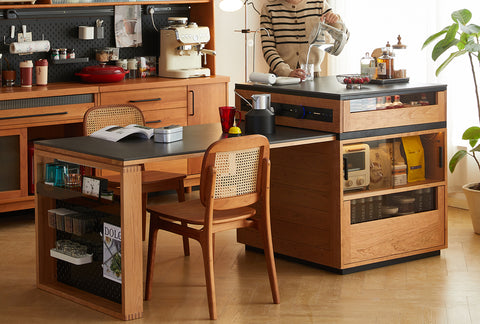
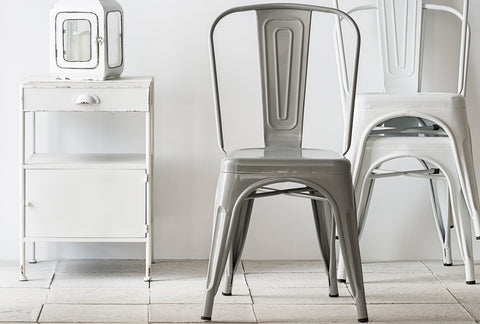
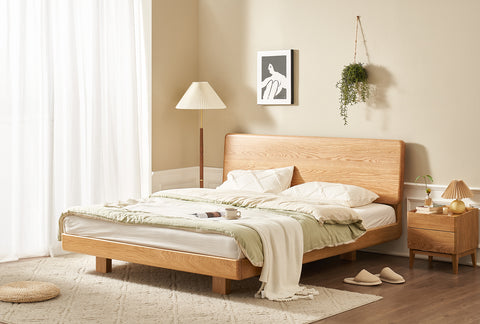
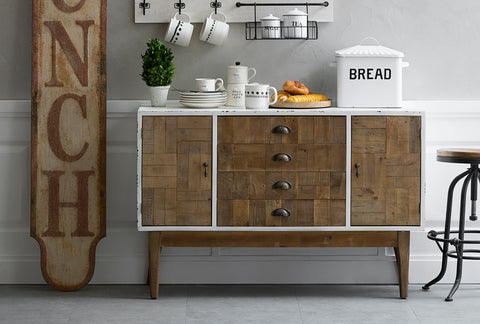




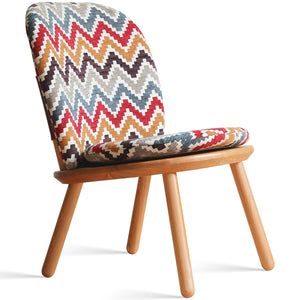
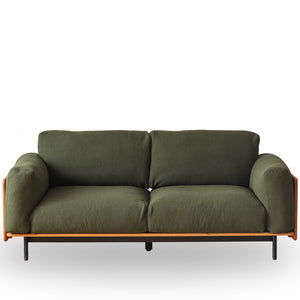
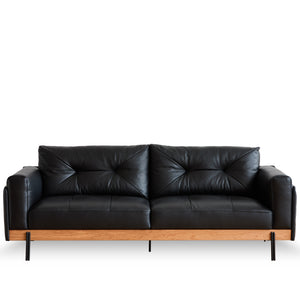
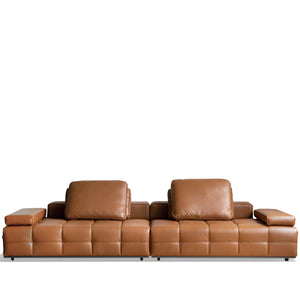
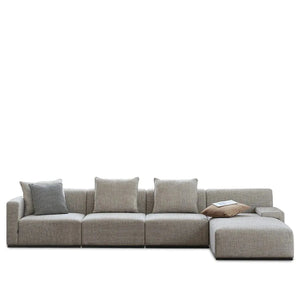
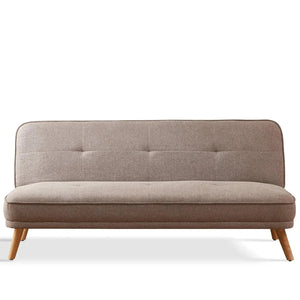
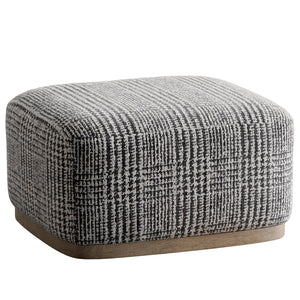
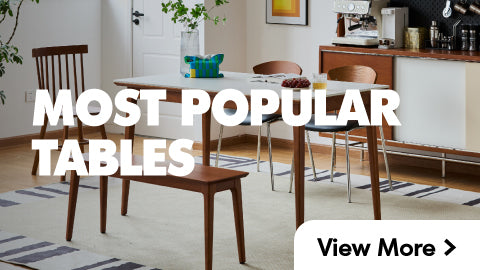

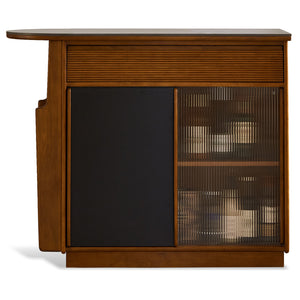
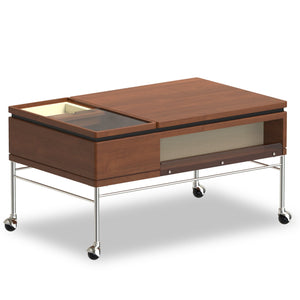
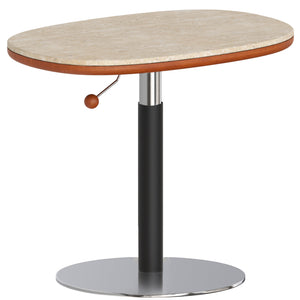
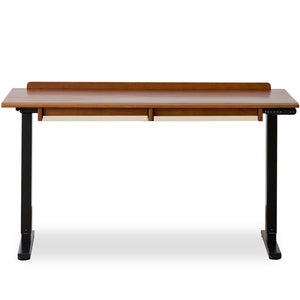
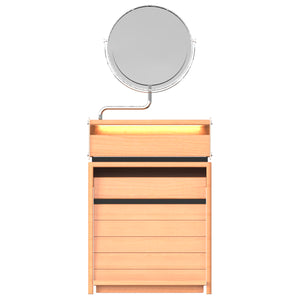
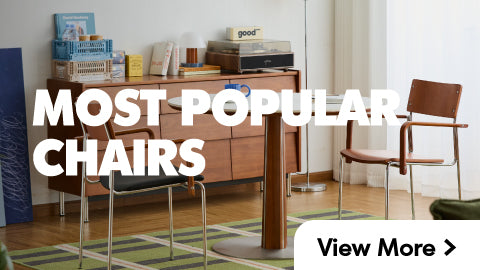
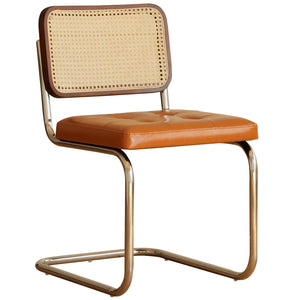
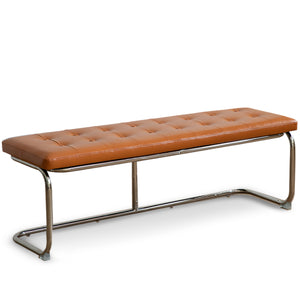
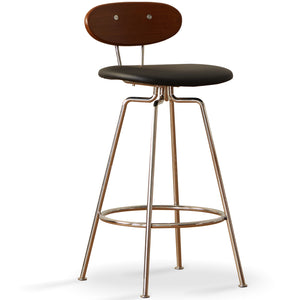

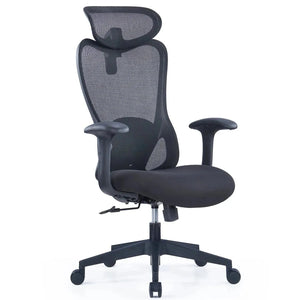
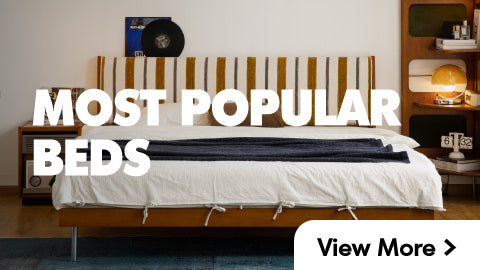
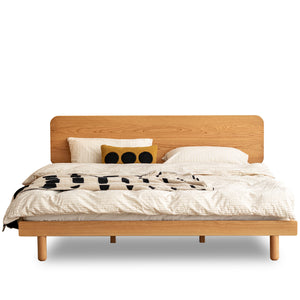
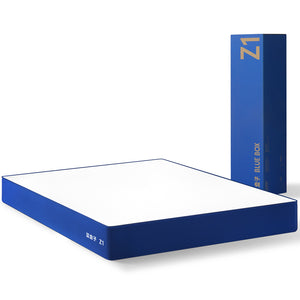
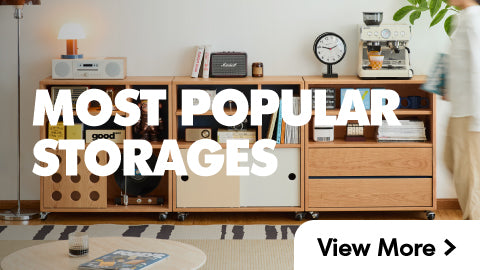
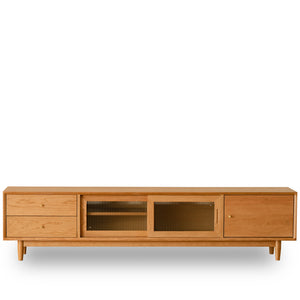

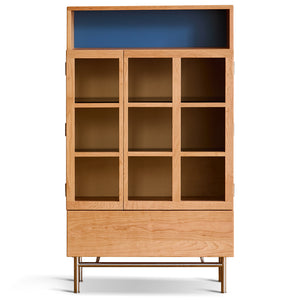
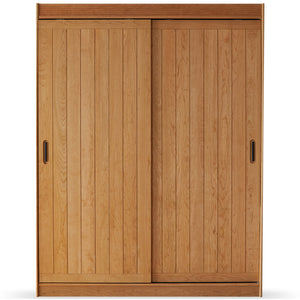
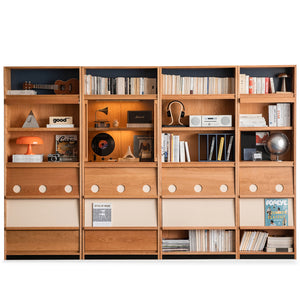

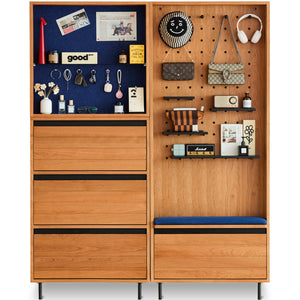
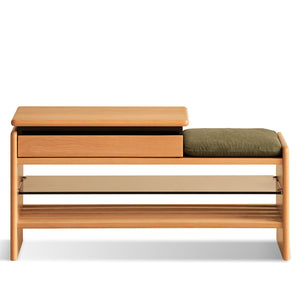
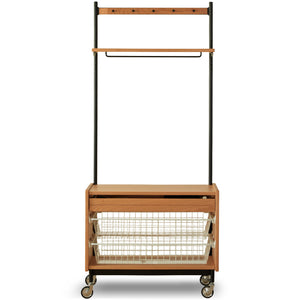
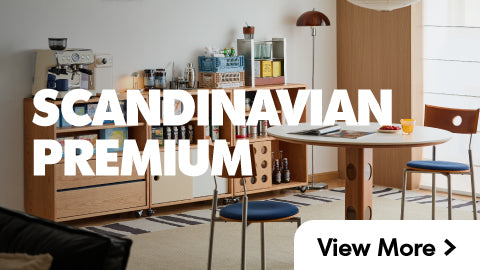






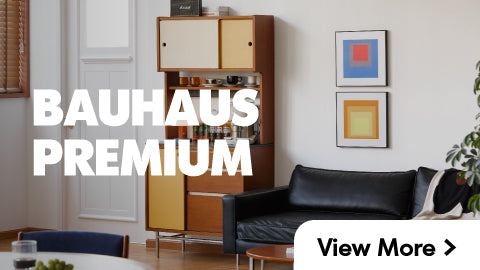














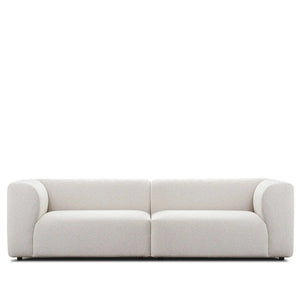




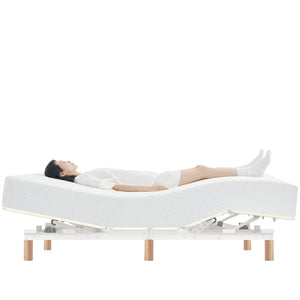
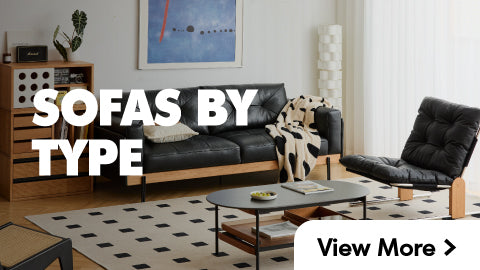
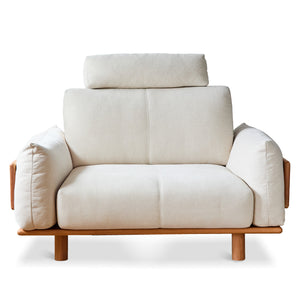

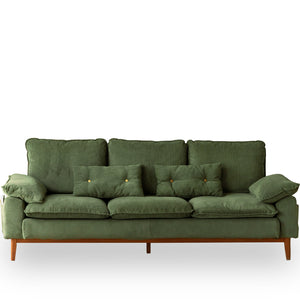
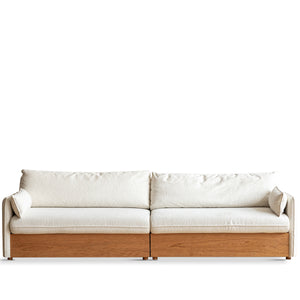
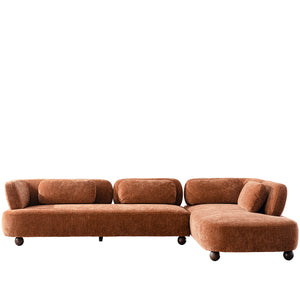
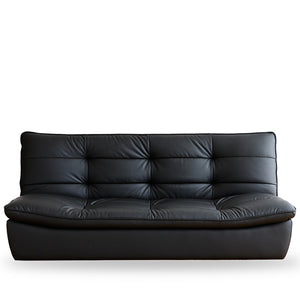
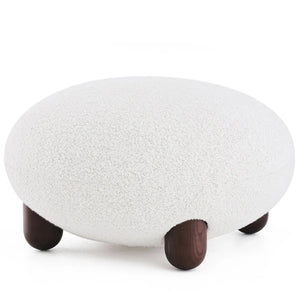

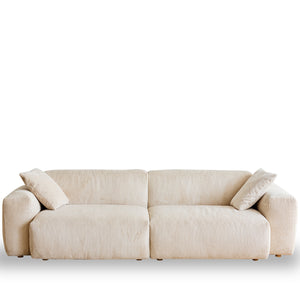
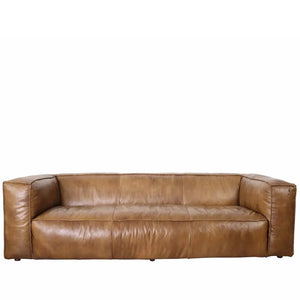
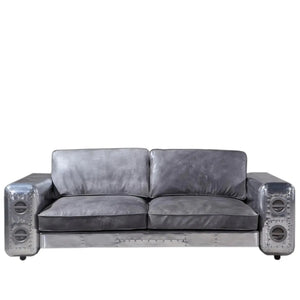
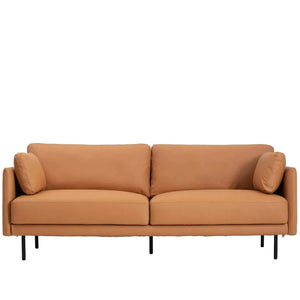
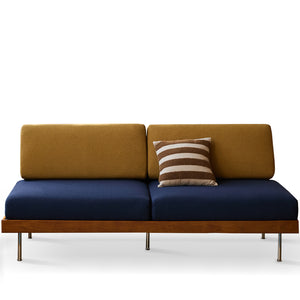
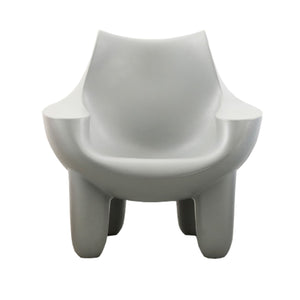


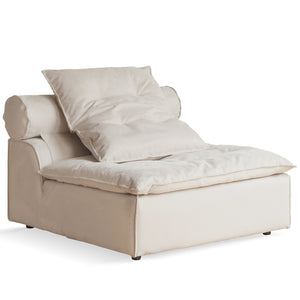

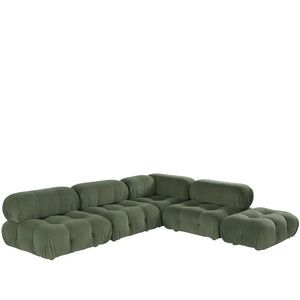
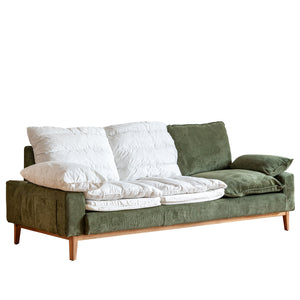
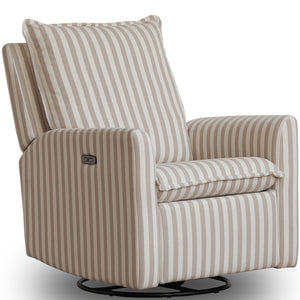

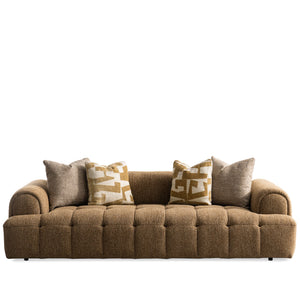

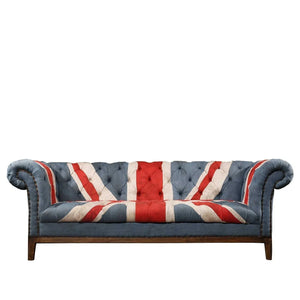

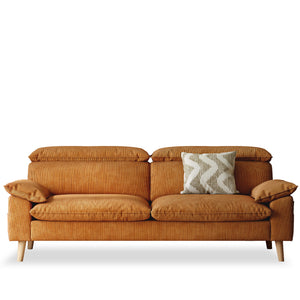
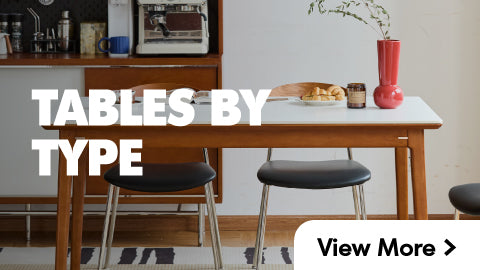
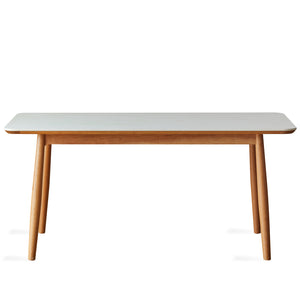
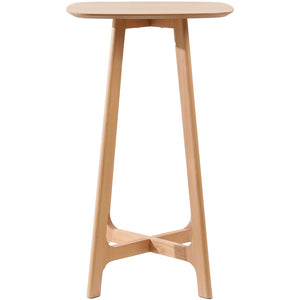
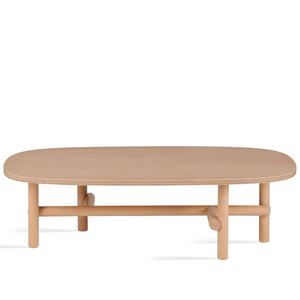
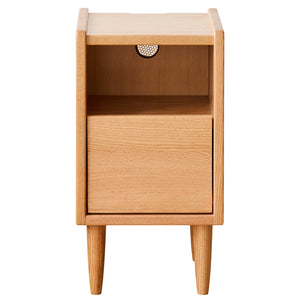
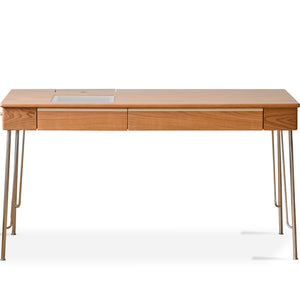
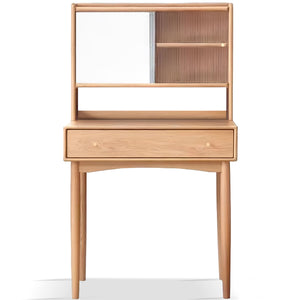
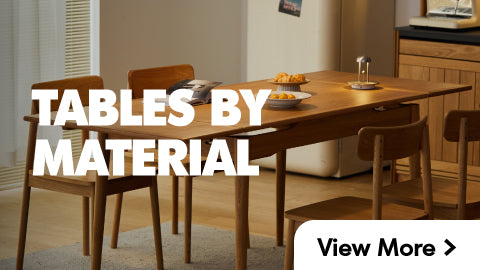

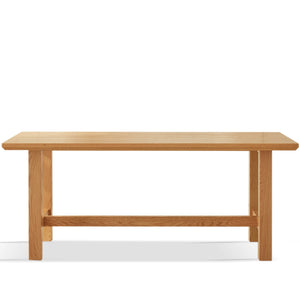
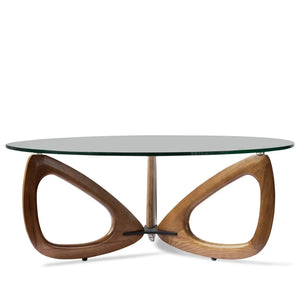
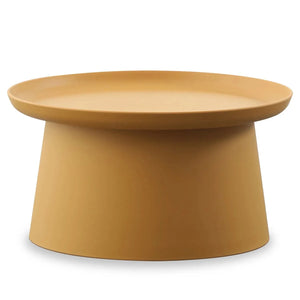

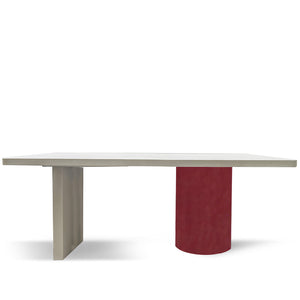
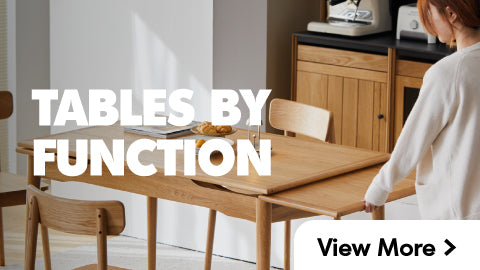
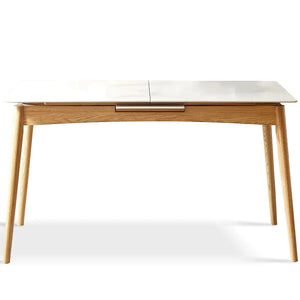
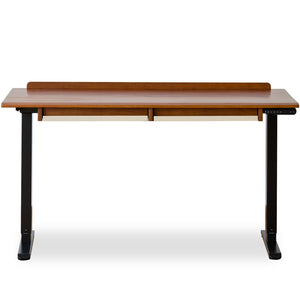
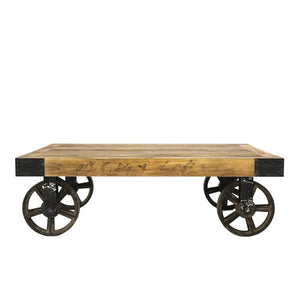

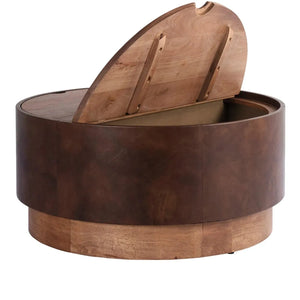
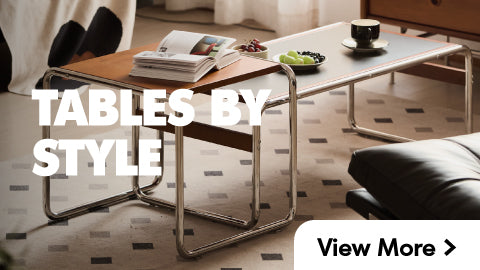
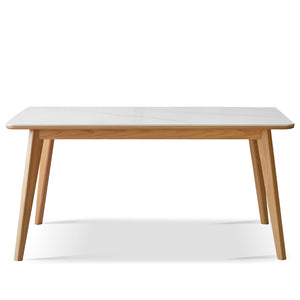

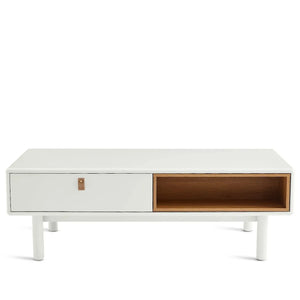

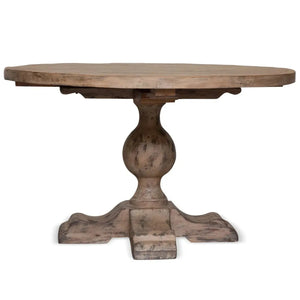


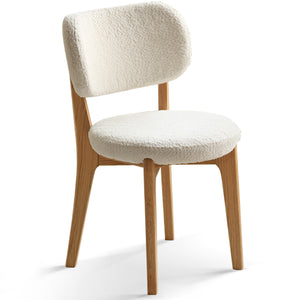
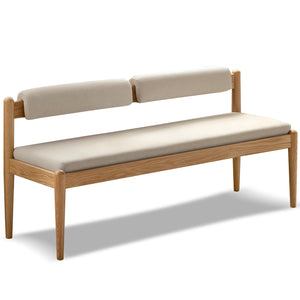
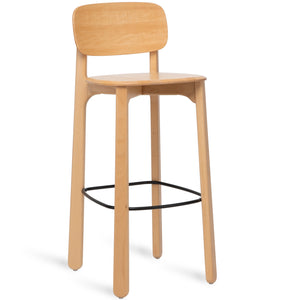
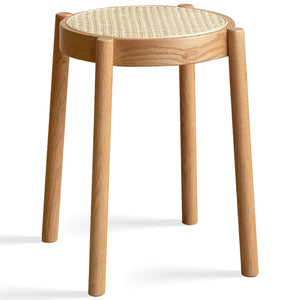
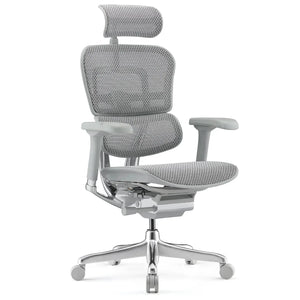
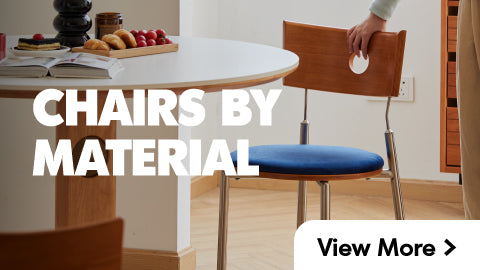
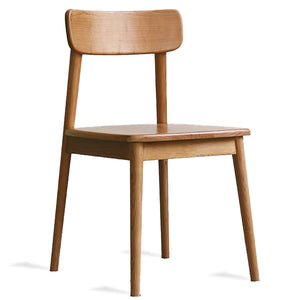
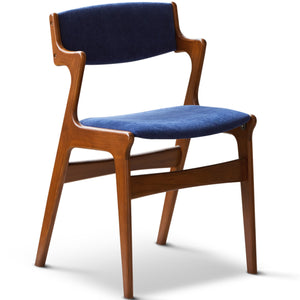
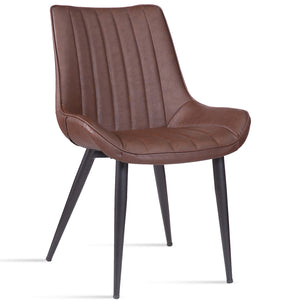
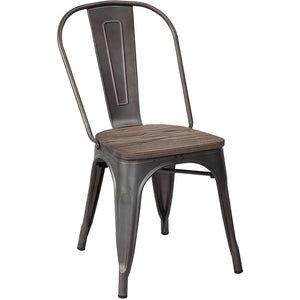
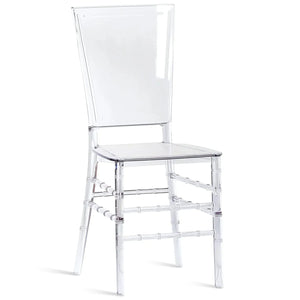
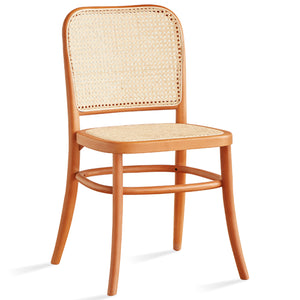
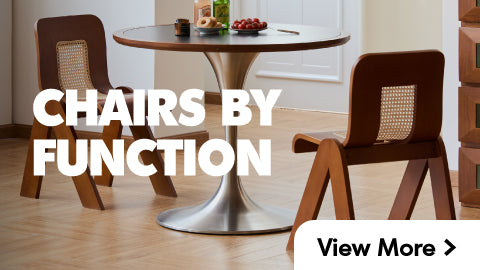
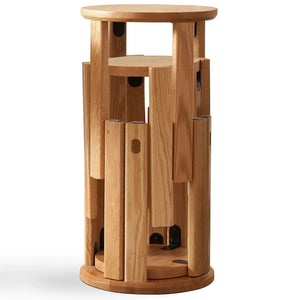

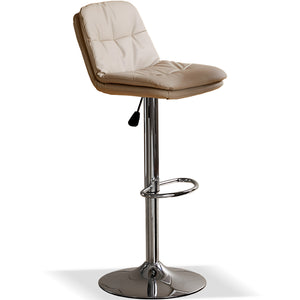
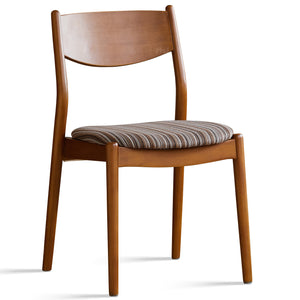
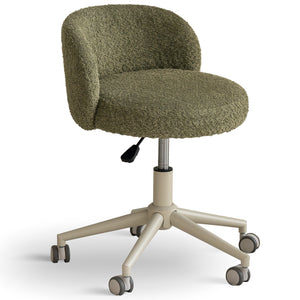
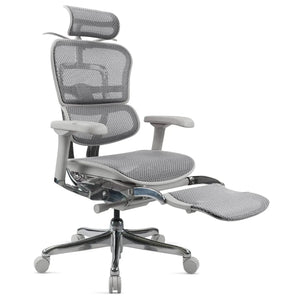
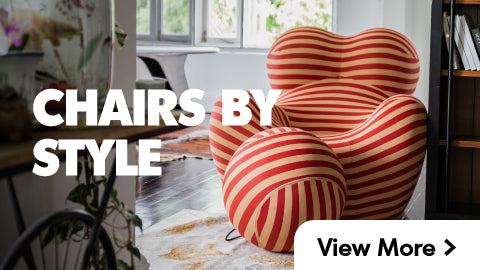
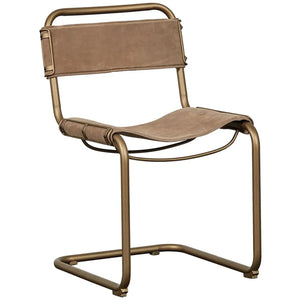
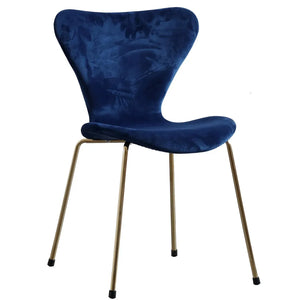
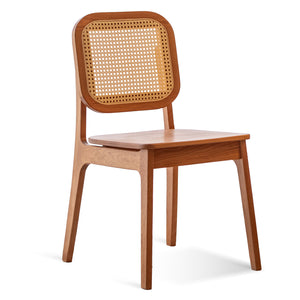
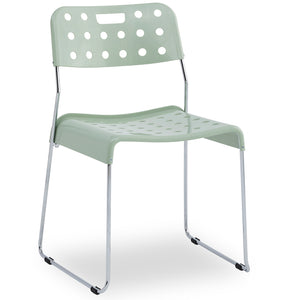
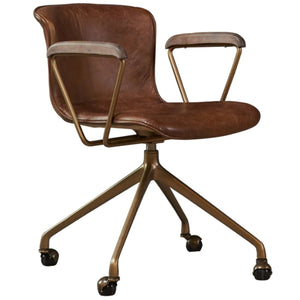

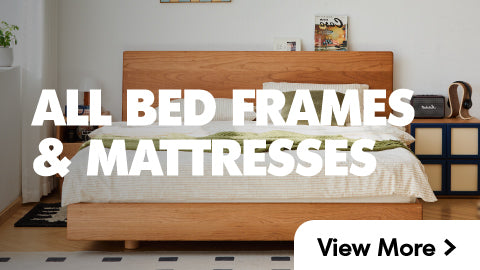
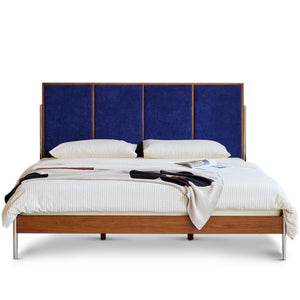
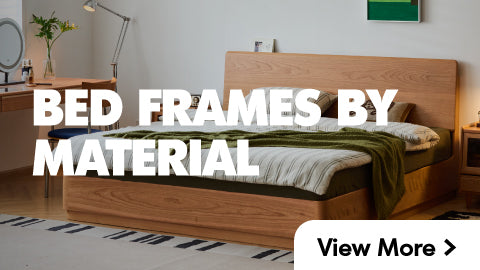
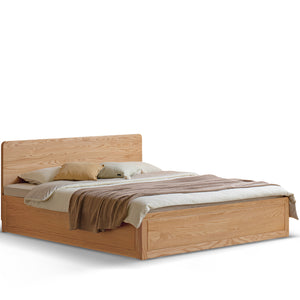
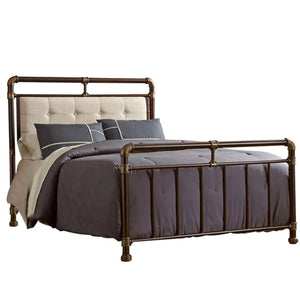
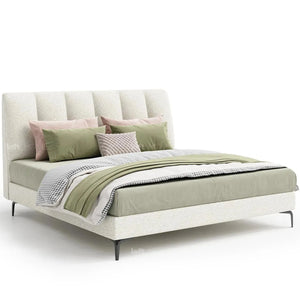
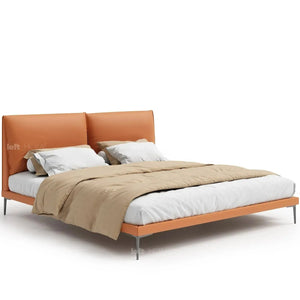
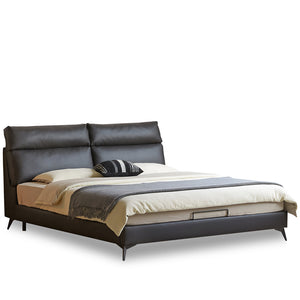
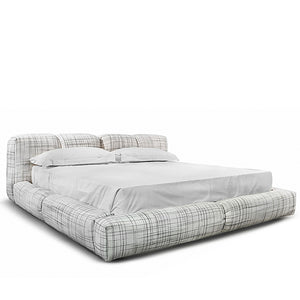

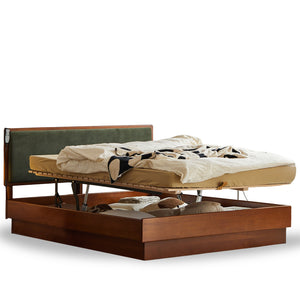


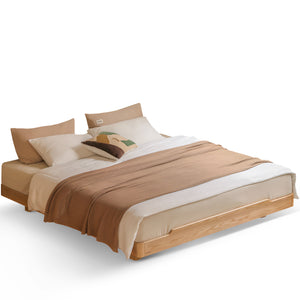
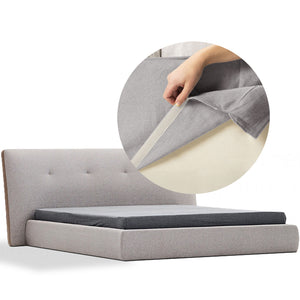
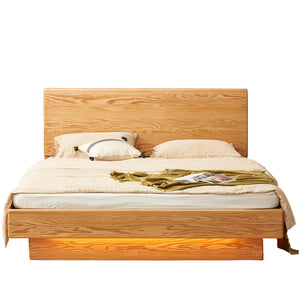
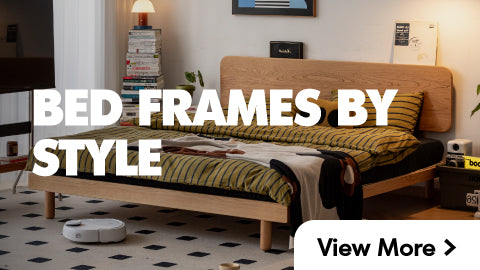
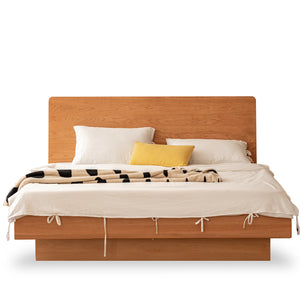
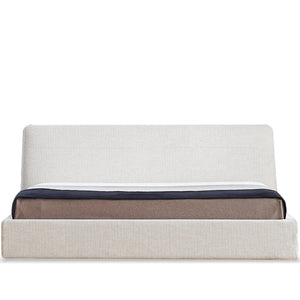
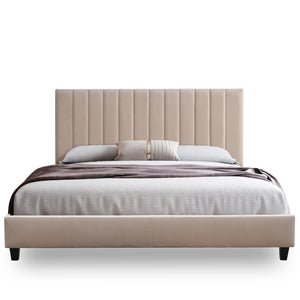
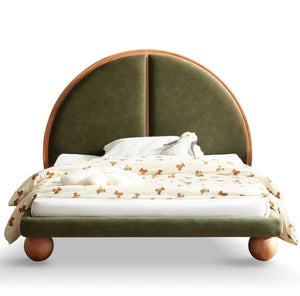
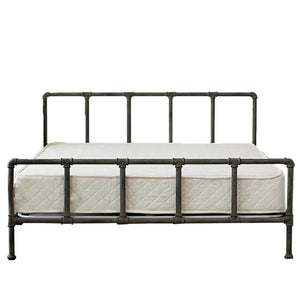
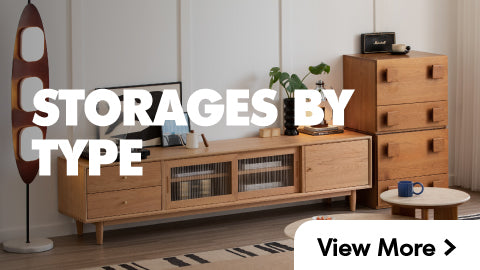
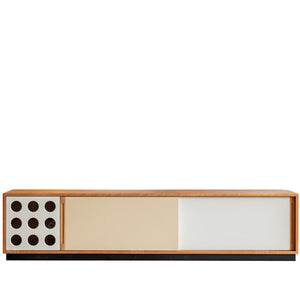

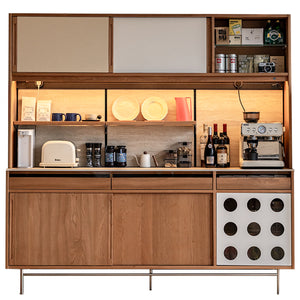
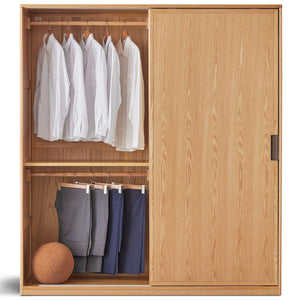
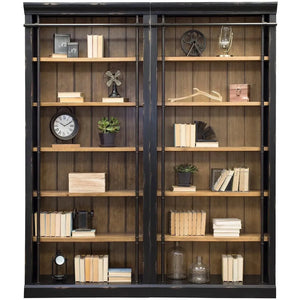
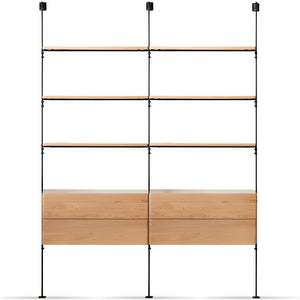
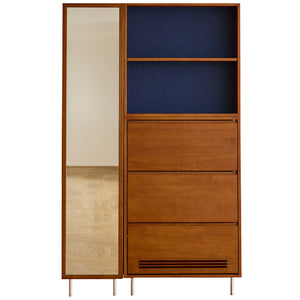

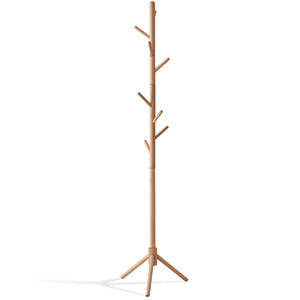
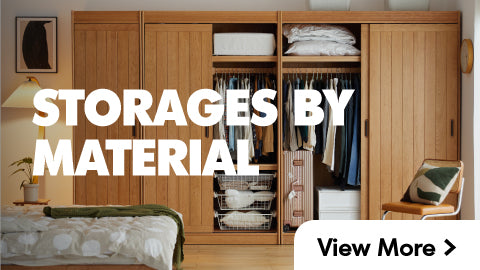
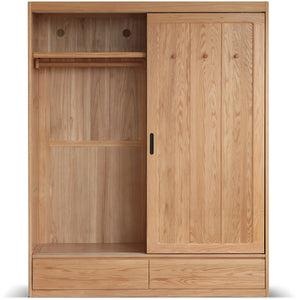
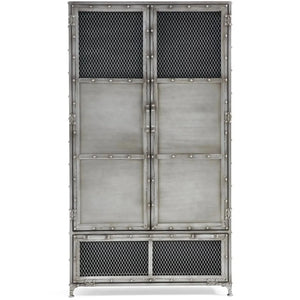
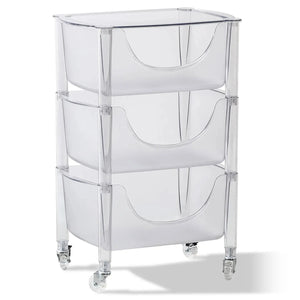
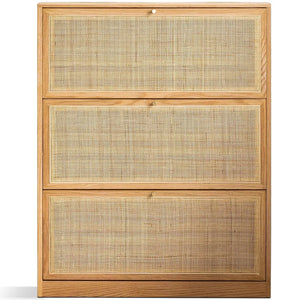
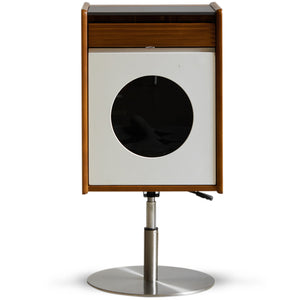
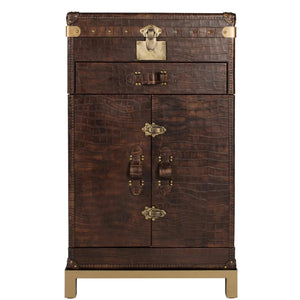


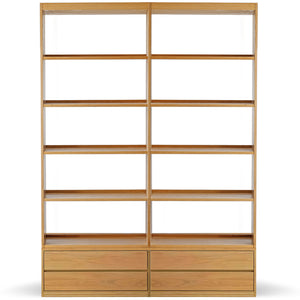
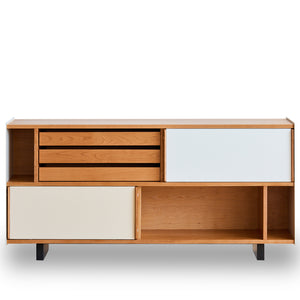
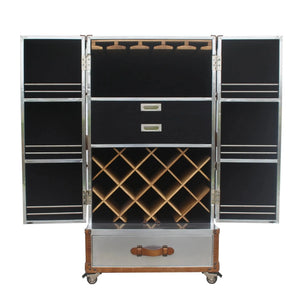


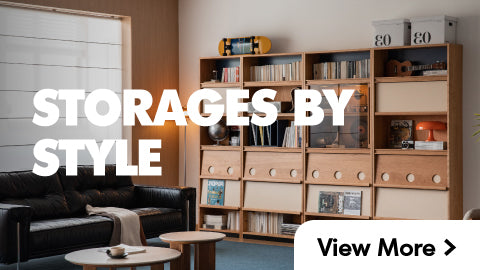
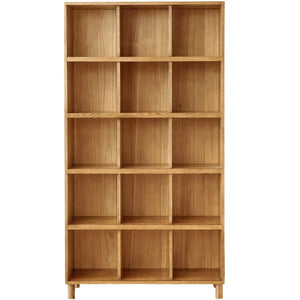

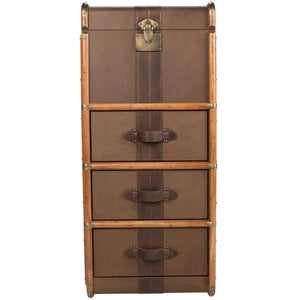
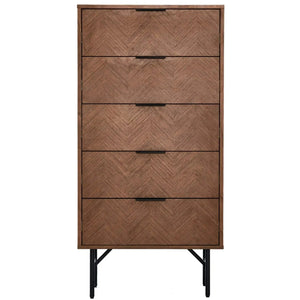
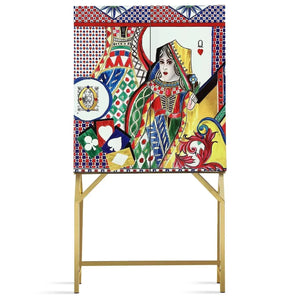
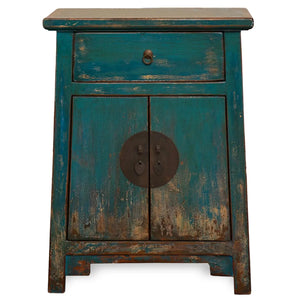


























































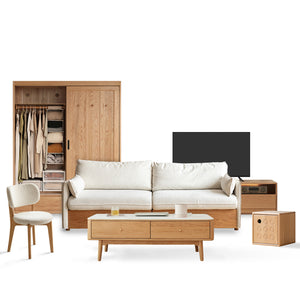
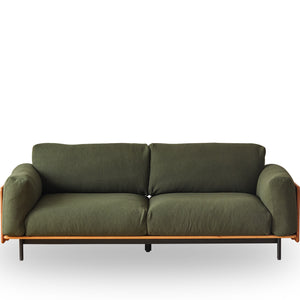
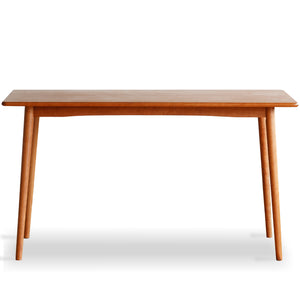
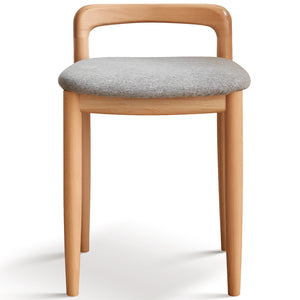
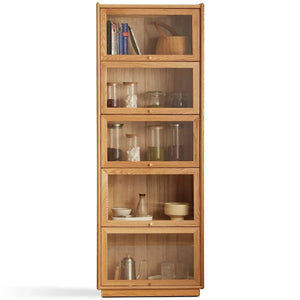




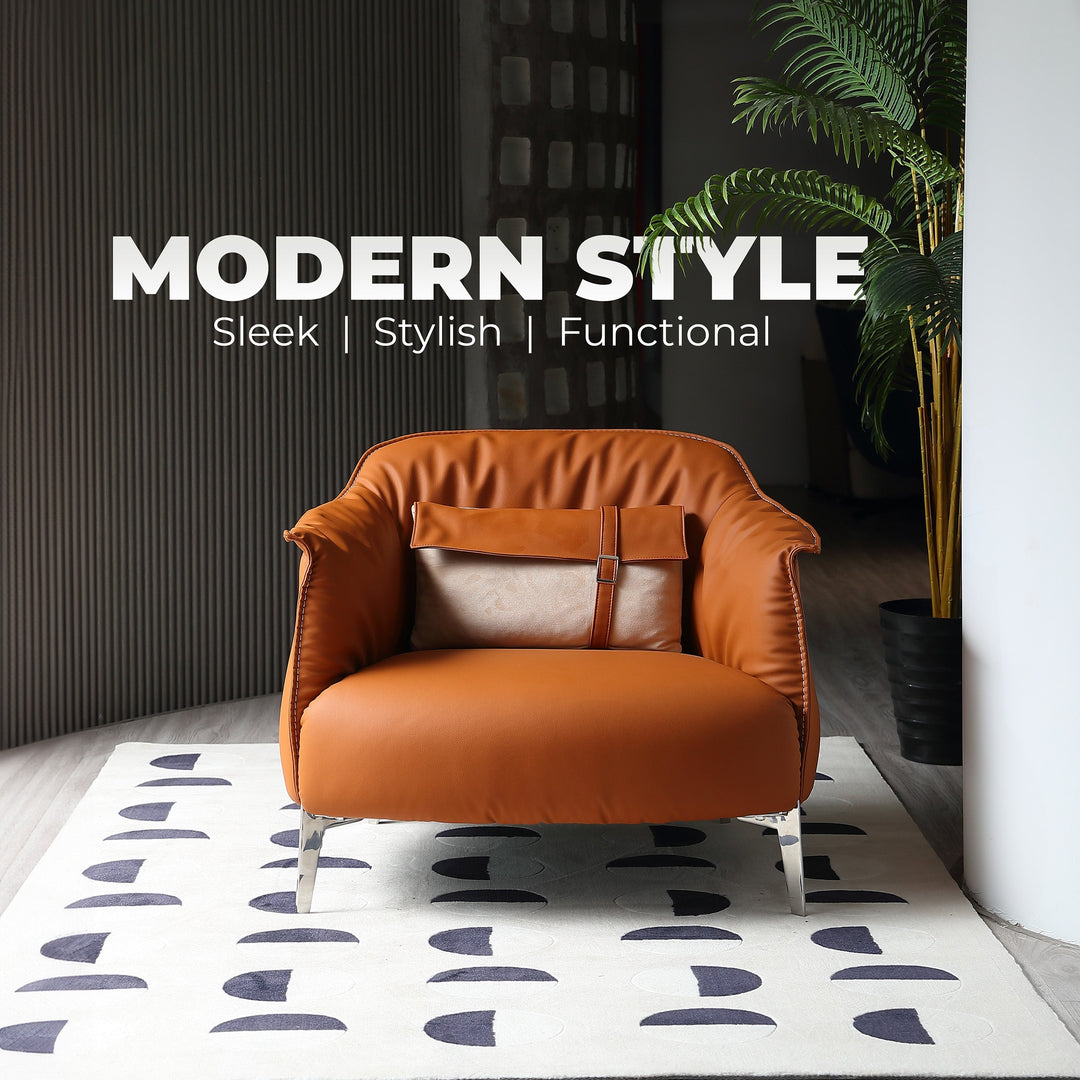
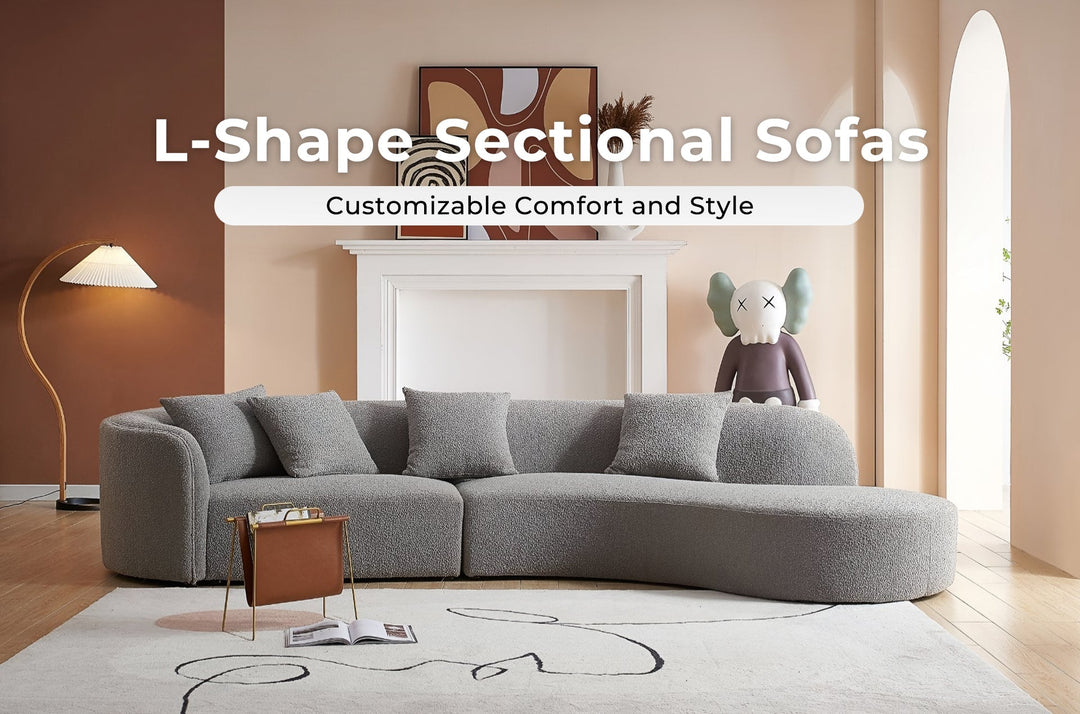

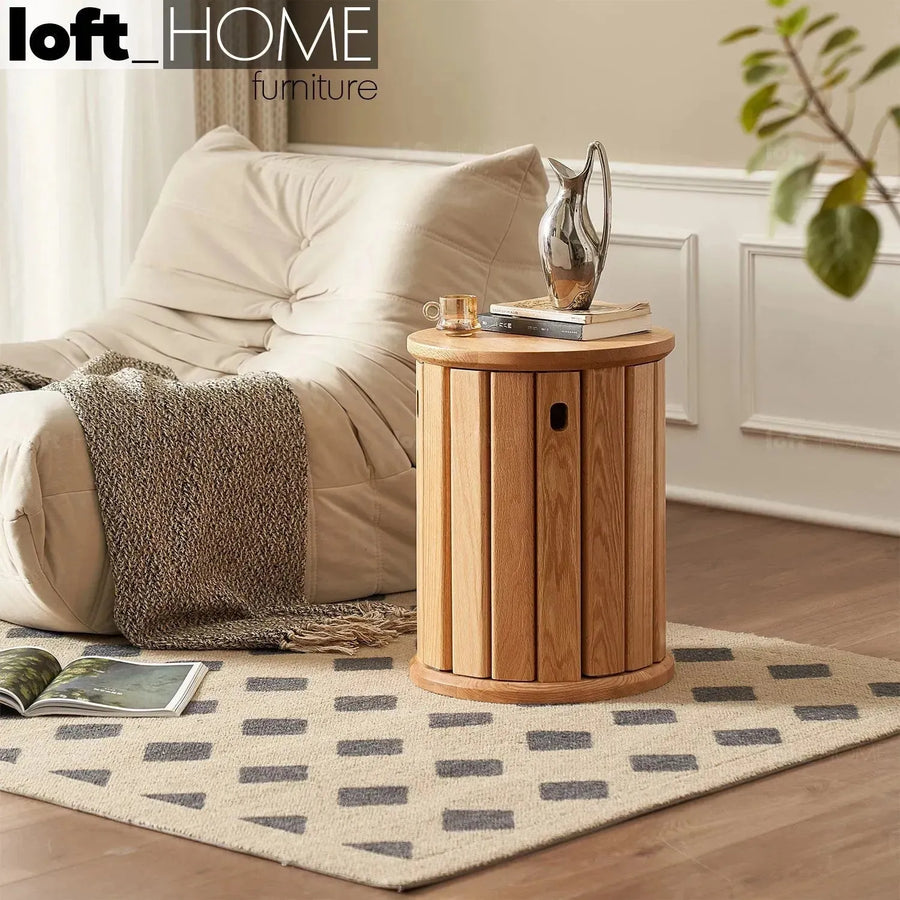
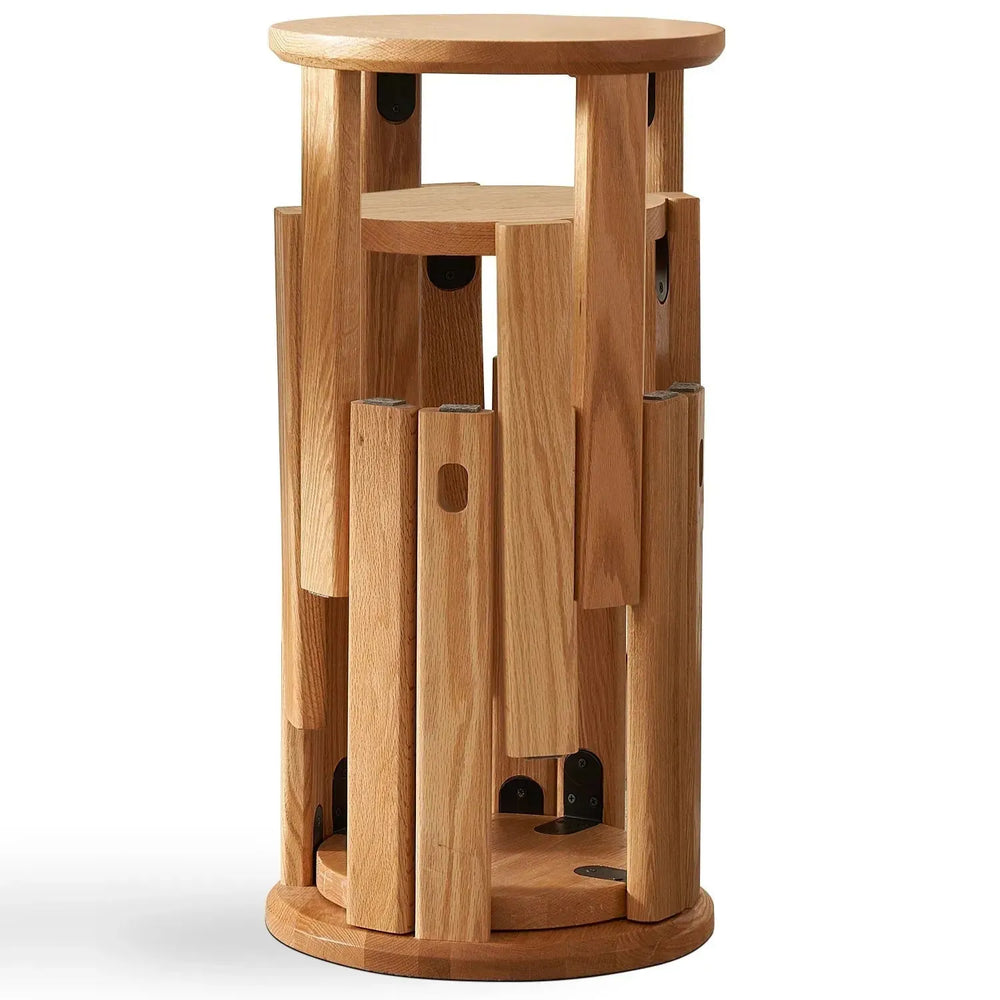


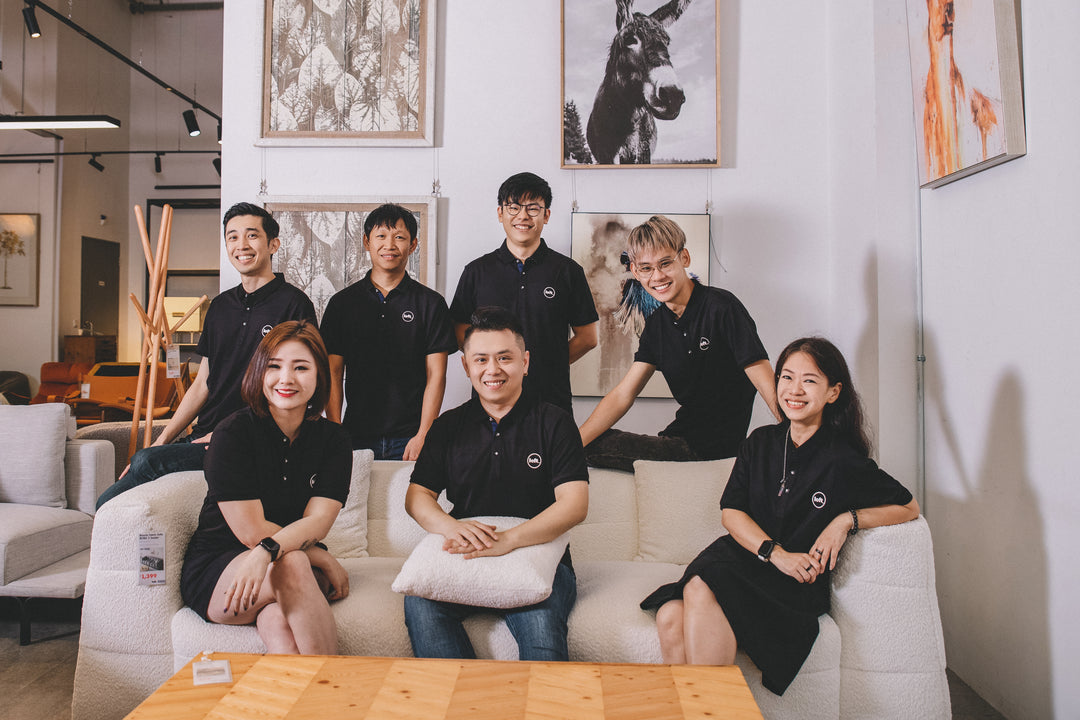
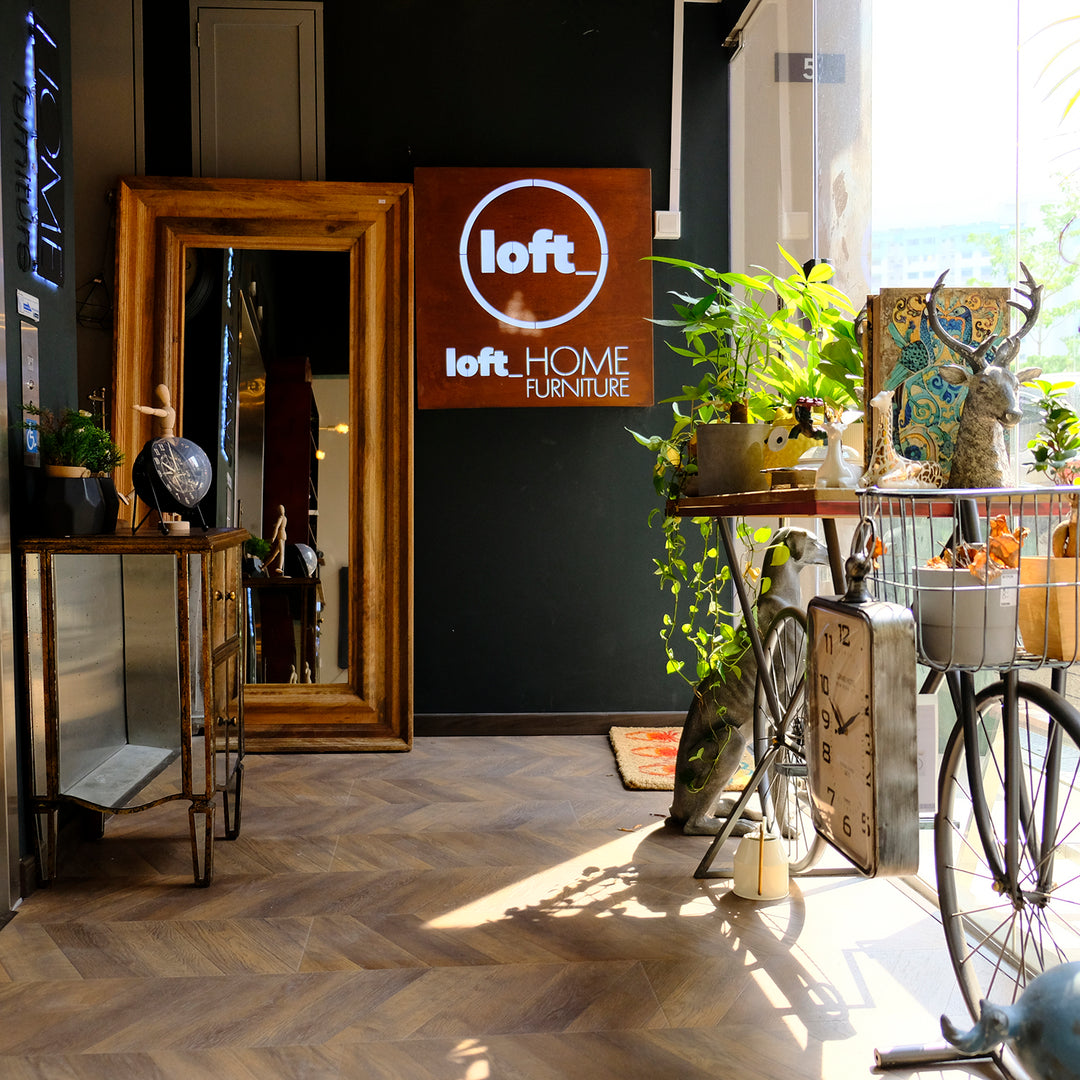
Leave a comment